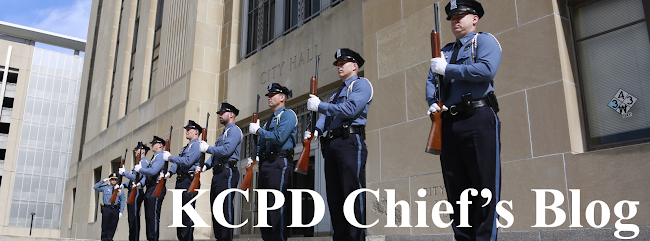Several victims went to a purported home address of someone they didn’t know. Another agreed to meet in an alley. One victim was beaten and pistol-whipped.
Please, please do not drop your normal safeguards simply because you’re conducting a transaction arranged through an online marketplace. Would you meet a blind date in an alley or at a house in an unfamiliar neighborhood? Would you want your child to go alone to those locations? Then you shouldn’t either. You could be setting yourself up to become a victim of a violent crime.
If you are going to meet someone to buy something that you arranged online, suggest a police station. They are the safest places for transactions. Merely suggesting to meet at a police station could be enough to turn off illegitimate sellers with sinister intent. If they ask to meet elsewhere, consider that suspicious and don’t go. If you absolutely can’t make it to a police station, go to a well-lit convenience store with lots of high-quality surveillance cameras.
And the old adage, “If the deal seems too good to be true, it probably is,” is very accurate. Police see that time and again.
We are actively investigating these cases and making good headway, but we don’t want anyone else to fall victim to such a crime. Please look out for yourself and exercise common-sense safety.
Additionally, check out these specific tips from our Robbery detectives:
1. Cancel sales in which one party asks you to change the location of the sale at the last second. This is a common robbery tactic.
We are actively investigating these cases and making good headway, but we don’t want anyone else to fall victim to such a crime. Please look out for yourself and exercise common-sense safety.
Additionally, check out these specific tips from our Robbery detectives:
1. Cancel sales in which one party asks you to change the location of the sale at the last second. This is a common robbery tactic.
2. In social media transactions, conduct the communication in-app. Apps like Offer-Up and LetGo are incentivized to assist end users in conducting safe business transactions. Dummy phone numbers are easy, common and very difficult to track.
3. Look for verified sellers and buyers. LetGo and OfferUp allow you to verify your account by cross referencing multiple platforms of social media. The more the merrier.
4. On Facebook Marketplace, look for buyers and sellers who have been around a while. Facebook will tell you when the account was created. If it was recently, don’t risk it.
5. Craigslist offers little transparency and no safeguards.
6. Control the transfer of money. Very recently, apps such as Venmo and Cash have made securely transferring money possible. Carrying cash is a liability, and very few people accept checks anymore.
7. For large items that are not easily movable, find a way to conduct the inspection and transaction outside. Never let someone you don’t know inside your house or car.
Send comments to kcpdchiefblog@kcpd.org.
3. Look for verified sellers and buyers. LetGo and OfferUp allow you to verify your account by cross referencing multiple platforms of social media. The more the merrier.
4. On Facebook Marketplace, look for buyers and sellers who have been around a while. Facebook will tell you when the account was created. If it was recently, don’t risk it.
5. Craigslist offers little transparency and no safeguards.
6. Control the transfer of money. Very recently, apps such as Venmo and Cash have made securely transferring money possible. Carrying cash is a liability, and very few people accept checks anymore.
7. For large items that are not easily movable, find a way to conduct the inspection and transaction outside. Never let someone you don’t know inside your house or car.
Send comments to kcpdchiefblog@kcpd.org.

